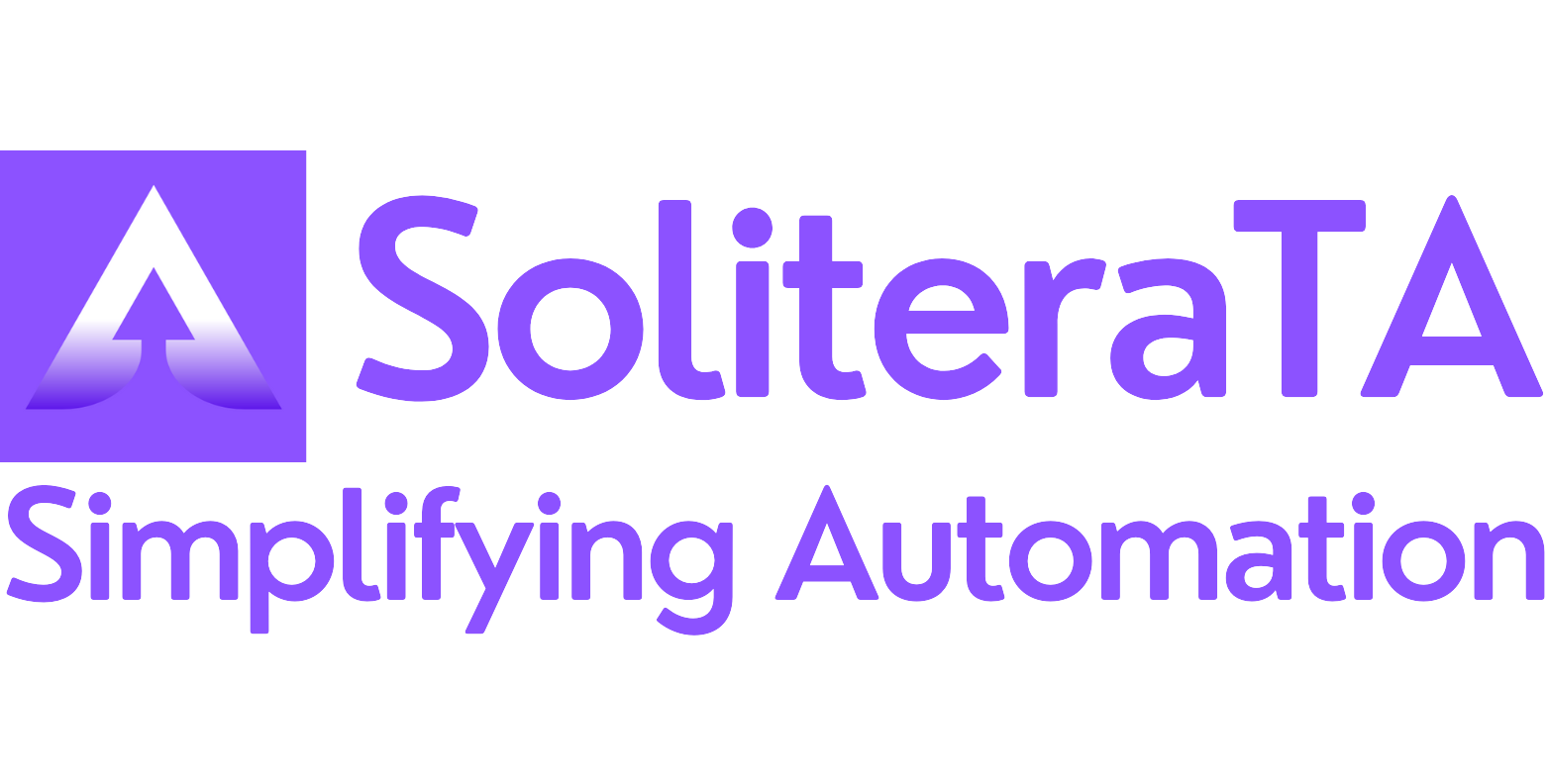How to Write Effective Automation Test Cases Automation testing is the process of using software to perform repetitive tasks that would otherwise be done manually. This can save time and money, as well as improve the quality of software. One of the most important aspects of automation testing is writing effective test cases. A well-written test case will ensure that your automation tests are comprehensive, accurate, and easy to maintain. Here are some tips for writing effective automation test cases: Start with the business requirementsWhat are the key features and functions of your software? What are the critical business scenarios that you need to test? Once you understand the business requirements, you can start to write test cases that address them. Identify the different types of test cases you need to writeThere are many different types of automation test cases, such as unit tests, integration tests, system tests, and acceptance tests. Each type of test case has a different purpose, so you need to identify the right types of test cases for your specific needs. Write clear and concise test stepsEach test step should be clear and concise, and it should be easy to understand what you are trying to test. Avoid using jargon or technical terms that your readers may not understand. Use a consistent naming convention for your test cases and test stepsThis will make it easier to find and understand your test cases. Use data-driven testing whenever possibleData-driven testing allows you to test your software with different sets of data. This can help you to increase the coverage of your tests and to identify bugs that you might not have found otherwise. Use a test management tool to track your test casesA test management tool can help you to keep track of your test cases, to assign test cases to testers, and to track the progress of your testing. Automate your test cases as much as possibleAutomation can save you time and money, and it can also help you to improve the quality of your tests. Document your test casesThis will make it easier to understand and maintain your test cases. Review your test cases regularlyThis will help you to identify any gaps or outdated test cases. Continuously improve your test casesAs you learn more about your software, you may need to update your test cases to reflect the changes. By following these tips, you can write effective automation test cases that will help you to improve the quality of your software. Additional tips to write test cases In addition to the tips mentioned above, here are some additional things to keep in mind when writing automation test cases: Use a tool that supports the type of automation testing you want to do. Write your test cases in a way that is easy to understand and maintain. Use a consistent naming convention for your test cases and test steps. Use data-driven testing whenever possible. Automate your test cases as much as possible. Document your test cases. Review your test cases regularly. Continuously improve your test cases. By following these tips, you can write effective automation test cases that will help you to improve the quality of your software. As an example, SoliteraTA (a test automation tool) that supports Gherkin-based step definitions for writing test scripts. Gherkin is a language that is used to write plain language specifications of software behavior. This makes it easy to write and understand test scripts, and it also makes it easier to collaborate with other testers. Related posts How to Choose the Right Test Automation Tool for Your Testing Needs Read More 10 Automation Testing Best Practices That Will Save You Time and Money Read More
